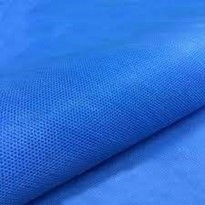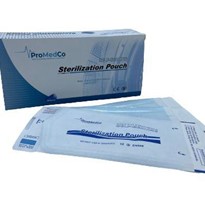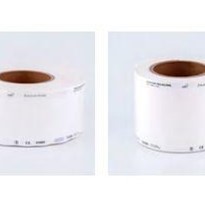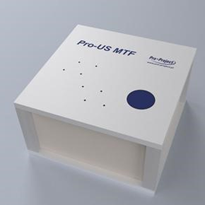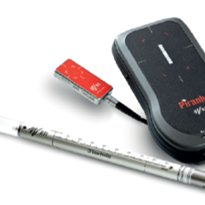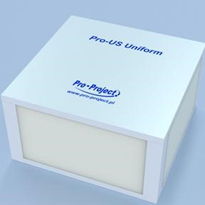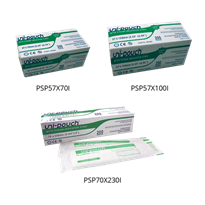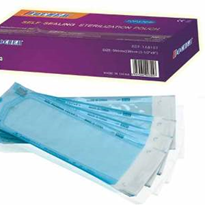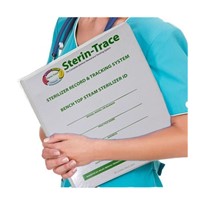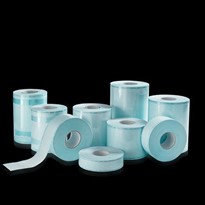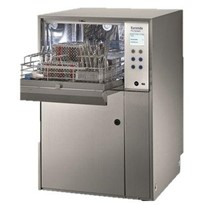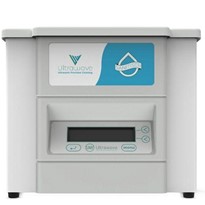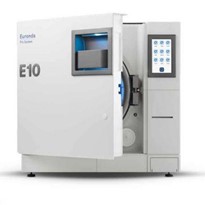First and foremost, you should know that autoclaves are widely used for sterilising all kind of equipment.
They are used in hospitals, tattoo shops, laboratories and dental clinics among other places.
Basically, an autoclave makes sure that all the instruments that are used repeatedly are free of any harmful bacteria and germs that cannot be killed by boiling water and powerful detergents.
An autoclave needs to be validated regularly in order to make sure that it is properly calibrated and works as it should.
This is the reason autoclave validation has been made a mandatory requirement to make sure that it complies with Australian Standard 4815.
This validation ensures that the autoclave is sterilising the load as it should. The annual validation helps in reducing the risk of potential disrepute and litigation.
Sterilisation Quality Assurance Process for Autoclaves
As per the Australian Standards, all the sterilising equipment should be validated and calibrated on installation.
Also, it should be further evaluated, calibrated and serviced at intervals of 12 months at the most.
The validation and service procedures are required to be performed by trained technicians as per the requirements stipulated in the AS 4815 and AS 4187 codes of practice.
In the validation process, the trained technician first performs a chamber profile in order to determine the cold spot in the autoclave chamber.
A challenge load and challenge pack is also prepared in order to carry out the validation process.
The challenge pack refers to the biggest instrument package that can be sterilised or used in the autoclave at one time.
During the testing, the penetration time is also determined.
The penetration time is the difference in time it takes for the steriliser to achieve the temperature of 134 degrees C and the time it takes for the temperature inside the package to reach 134 degrees C.
Since sterilisation occurs best at 134 degrees C, it is necessary to evaluate the penetration time for proper calibration.
After this, biological validation also needs to be completed in 3 consecutive cycles.
The biological validation is done with the help of specially prepared vials containing harmless bacteria media.
These vials are then incubated in order to ensure that the sterilisation cycle was effective and all the bacteria inside the vial was killed.
A series of electrical tests are also performed to ensure safety of operation.
Once the autoclave validation has been completed, the technician will inform you of the autoclave’s ability to reliably and safely sterilise reusable instruments.
They will also make the necessary recommendations if needed. In addition, you will get a comprehensive report along with the calibration certificate.
Usually, the whole process takes up to 4 hours.
Requirement of Autoclave Validation
As mentioned above, it is a mandatory requirement and should be carried out at least once every 12 months.
It might be needed more frequently in case any changes have been made to the calibration history, sterilisation cycle or the autoclave.
Need for Validation after Servicing
There is a common misconception that autoclave validation isn't required if the autoclave has been serviced regularly.
While servicing is important it is completely different from autoclave validation.
The process of validation ensures that the steam penetration, pressure, time and date functions are performing as they should.
It also confirms that the bacteria is completely killed once the sterilisation cycle is complete.
It is important to ensure that these validation tests are performed by a technician who is properly trained in process validation as per AS 4187, AS 4815:2006 and AS 3551 standards.
Conclusion
Overall, the sterilisation quality assurance process for autoclaves needs to be performed at least once every 12 months to ensure proper calibration and functioning of the autoclave.
These tests need to be performed by trained technicians to ensure that your autoclave is properly sterilising equipment as it should.


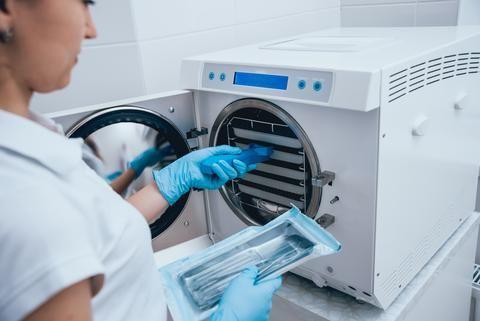


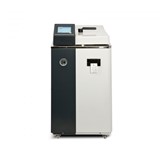

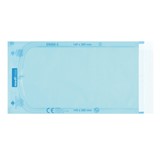
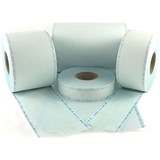
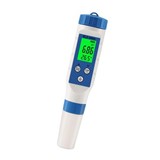
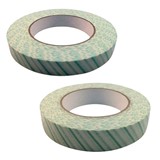
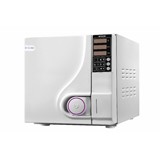
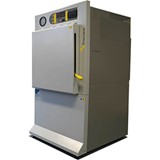
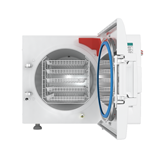
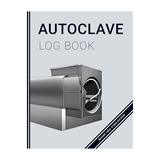
-205x205.jpg)
-205x205.jpg)

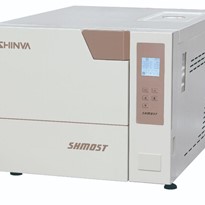
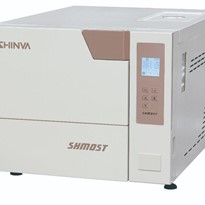
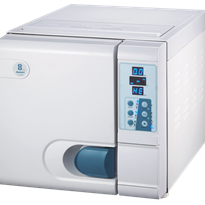
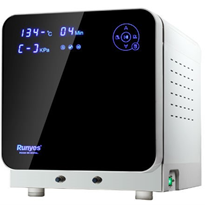
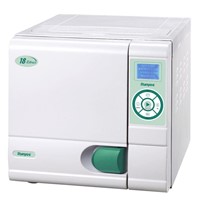
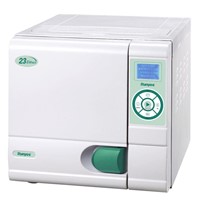
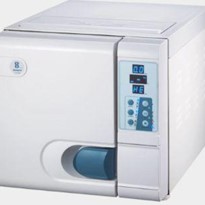
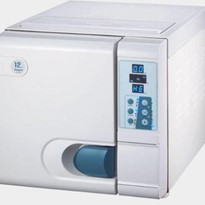
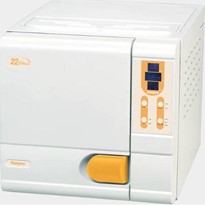
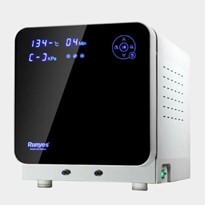
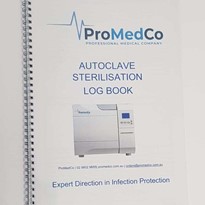
_Image_003571_00-205x205.jpg)
